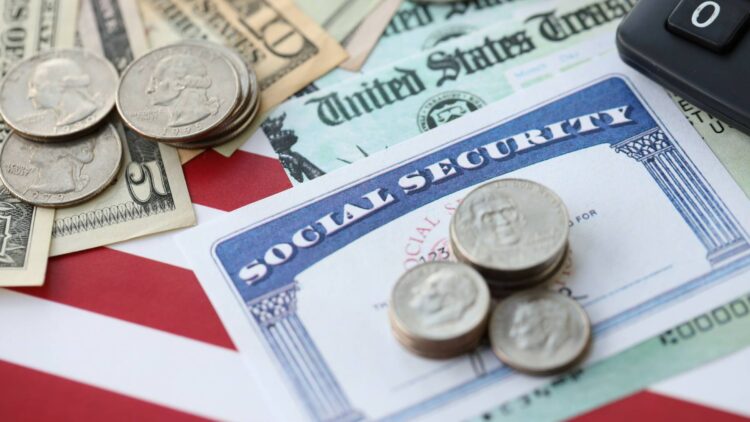In the age of technology, it can seem surprising to some that many payments are still distributed via check. It is often seen as an antiquated method of distribution, and, especially when it comes to the federal government, it can feel quite wasteful, as it requires paper, ink and transport costs, none of which are associated with electronic payments. This is why President Trump’s decision to change the payment method from check to just Direct deposit is not a surprising one, as he has been trying to find places from which to cut the federal budget, and that is an easy one to implement.
There is only one problem with this measure, and that is that some of the most vulnerable beneficiaries that receive Social Security or other government assistance do not have bank accounts or a way to have their benefits deposited in them, which would leave a fair amount of the 72 million Social Security beneficiaries without their monthly payments. About half a million in total just in this program.
The impact of eliminating checks for government benefits
Trump signed the executive order titled, “Modernizing Payments To and From America’s Bank Account” on March 25th 2025, which eliminated the use of checks by the federal government, and gave agencies until September 30th, 2025 to transition fully to digital payment systems going forward.
According to the executive order, the use of paper based payment methods “imposes unnecessary costs; delays; and risks of fraud, lost payments, theft, and inefficiencies,” which are all concerns that do not happen with electronic payments. Plus, as an additional drawback for checks in the main, “mail theft complaints have increased substantially since the COVID-19 pandemic. Historically, Department of the Treasury checks are 16 times more likely to be reported lost or stolen, returned undeliverable, or altered than an electronic funds transfer (EFT).”
The issue remains with the represents roughly half a million people that cannot receive their checks via Direct deposit. These include seniors, people with disabilities, and survivors, some of whom may face real challenges transitioning to electronic payments. For example, individuals without bank accounts or those living in areas with limited internet access or far from banking facilities may struggle with the switch. According to the FDIC, 4.2% of U.S. households, around 5.6 million, were unbanked in 2023.
The good news is that the executive order recognizes this and has given some exemptions to those who cannot under these circumstances receive their payments electronically. These are:
- individuals who do not have access to banking services or electronic payment systems;
- certain emergency payments where electronic disbursement would cause undue hardship, as contemplated in 31 C.F.R. Part 208;
- national security- or law enforcement-related activities where non-EFT transactions are necessary or desirable; and
- other circumstances as determined by the Secretary of the Treasury, as reflected in regulations or other guidance.
Whether or not this will be enough to ensure that no one in a vulnerable position misses their payment remains to be seen, as the agencies transition from the check system to the fully online system that the president would like to see implemented. To make the transition easier, some agencies are starting to create some programs that will help with this transition, one of them being modeled after the Supplemental Nutrition Assistance Program (SNAP) and the Electronic Benefits Transfer Card (EBT Card) that it uses.
This will allow beneficiaries to use and receive their benefits automatically without having to open new bank accounts or worry about whether or not the qualify for one, really streamlining the process. One of these agencies is the Social Security Administration, who have created the Direct Express card for this very purpose.

